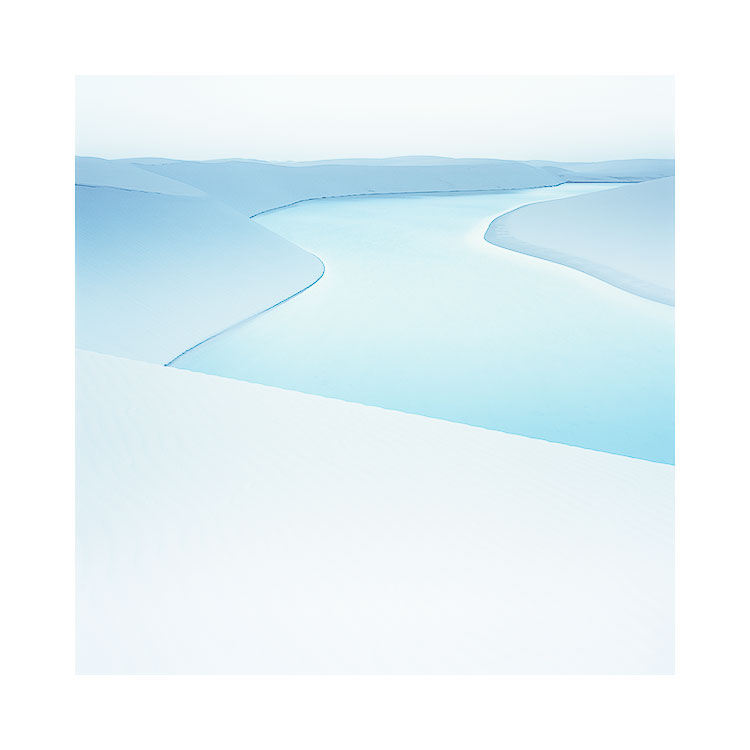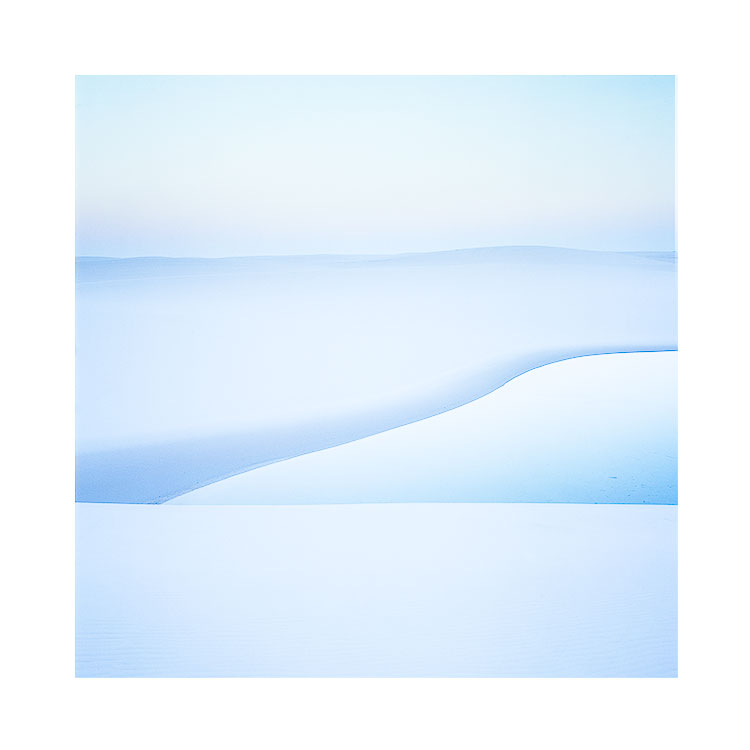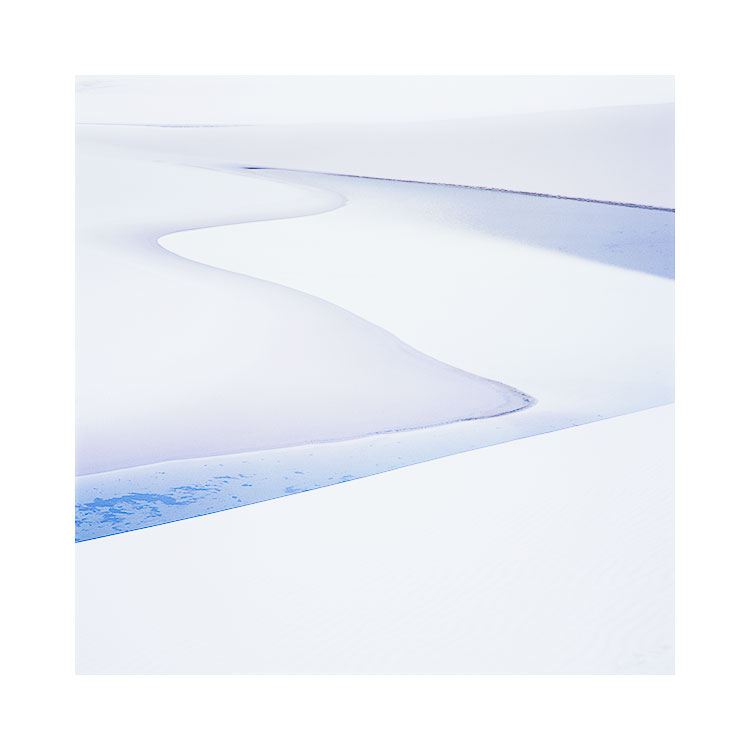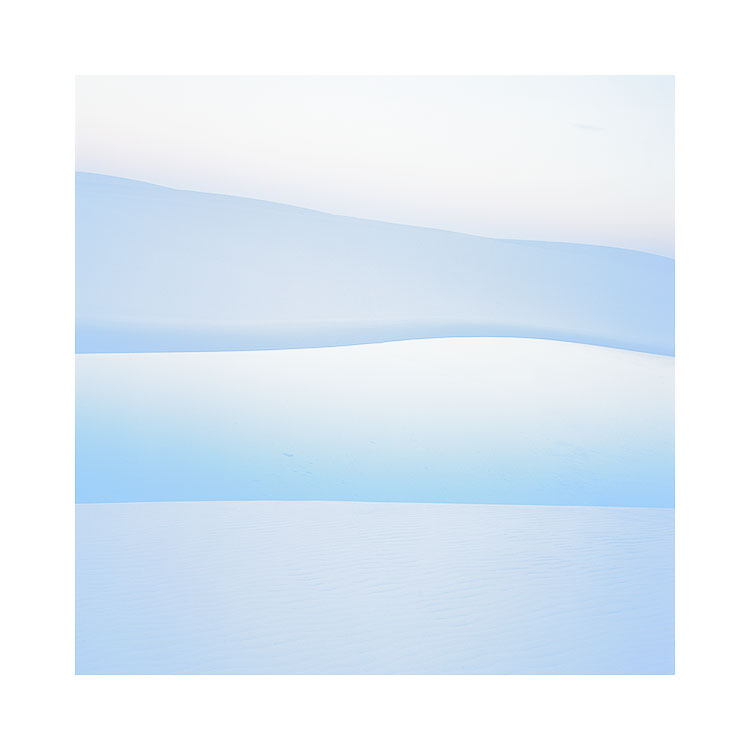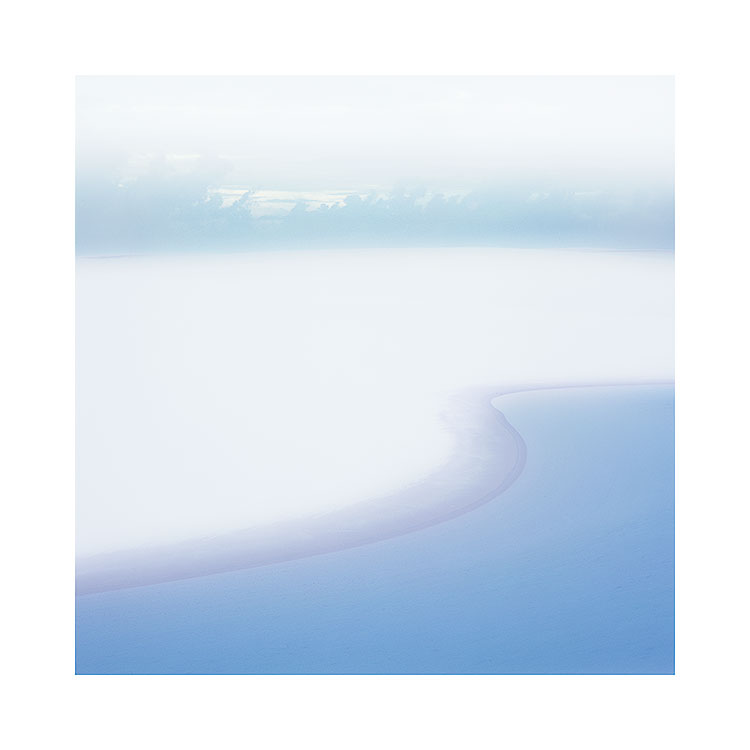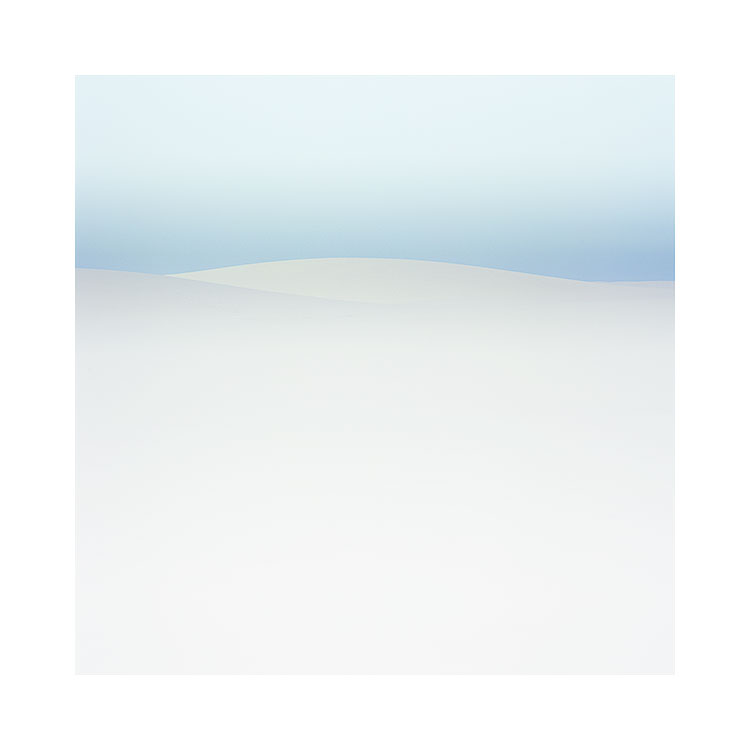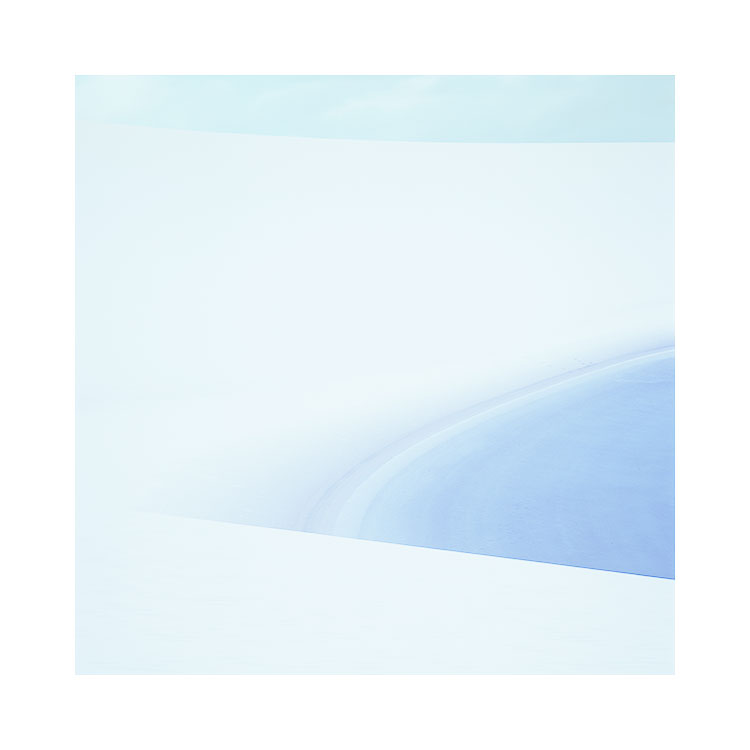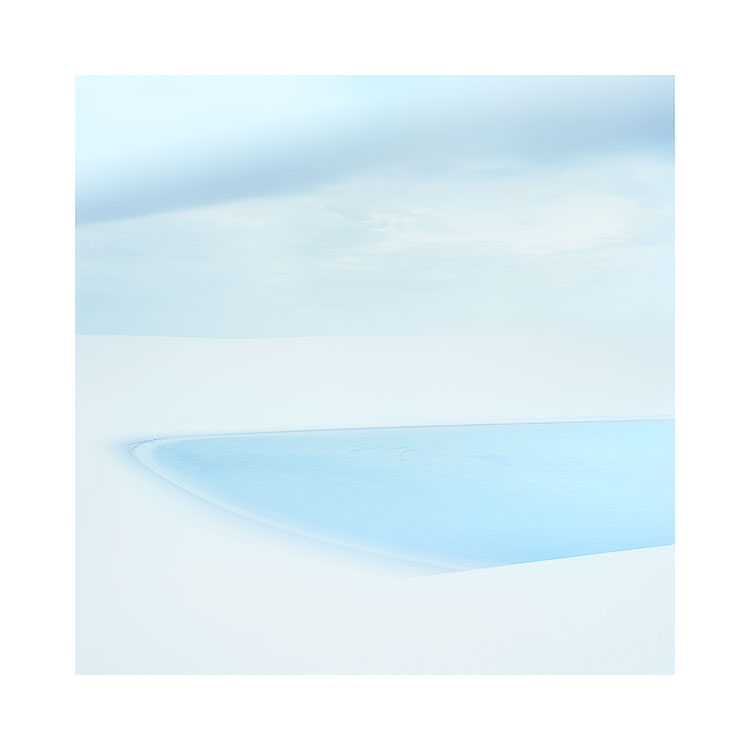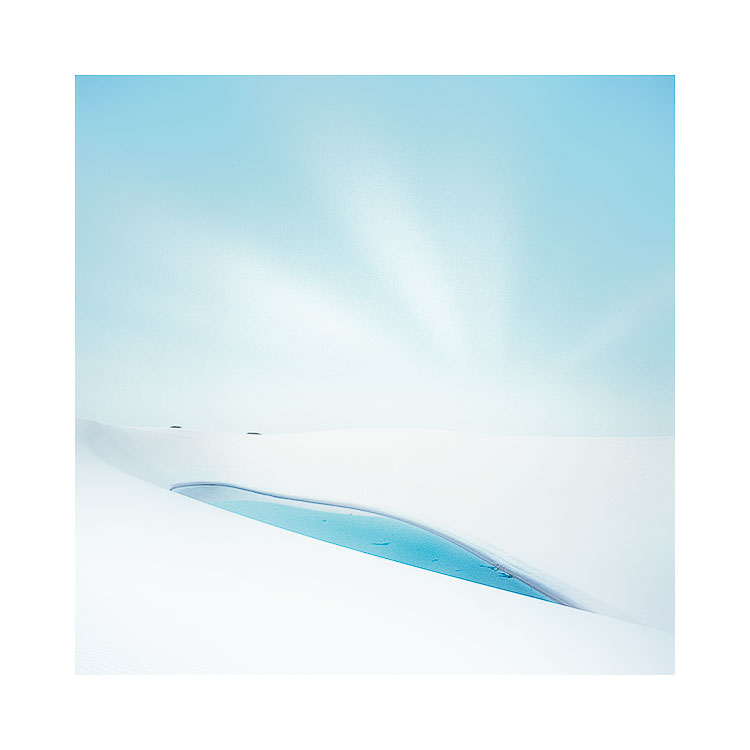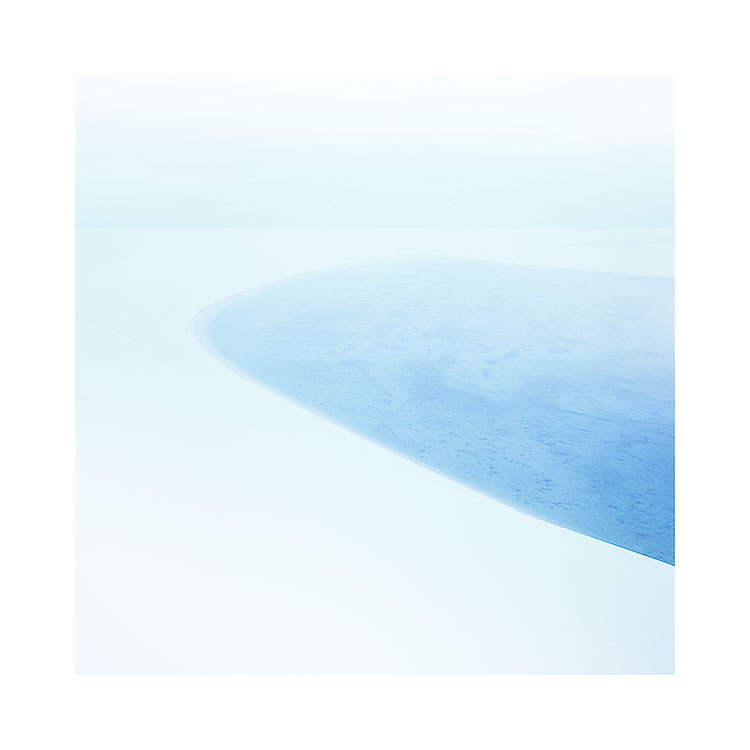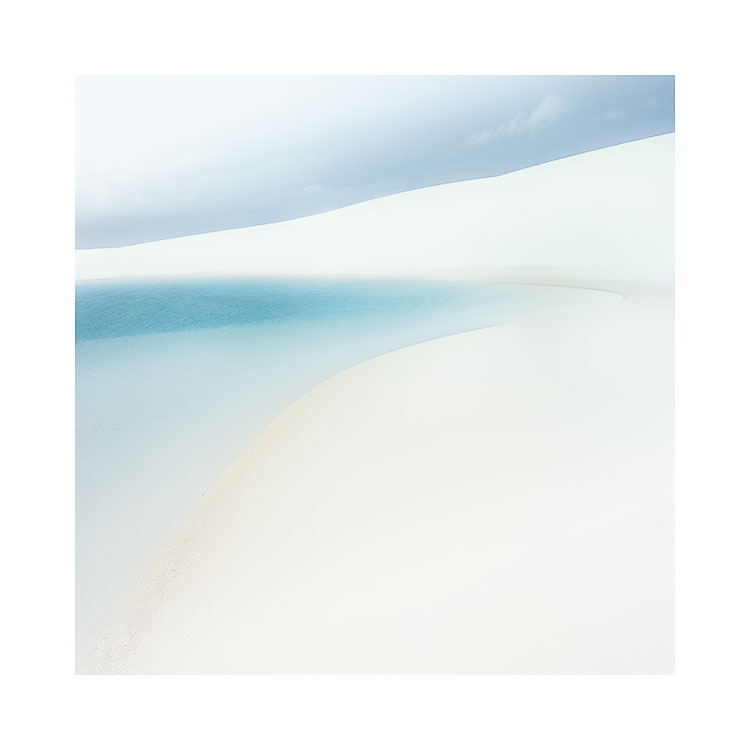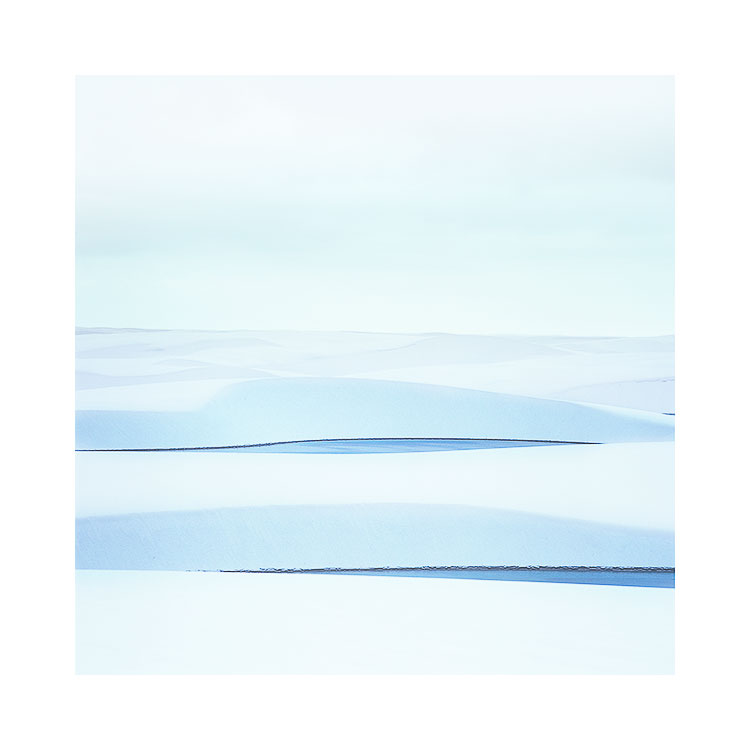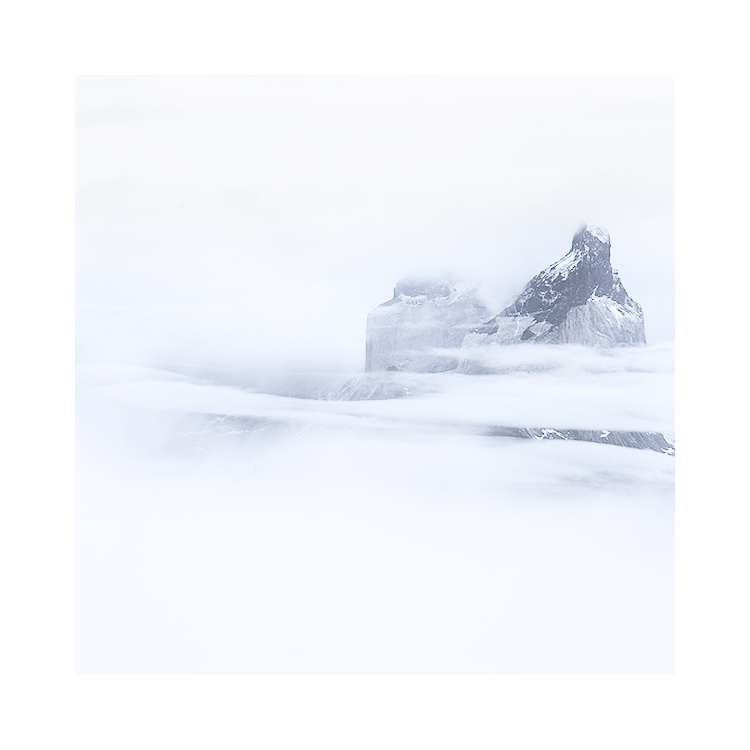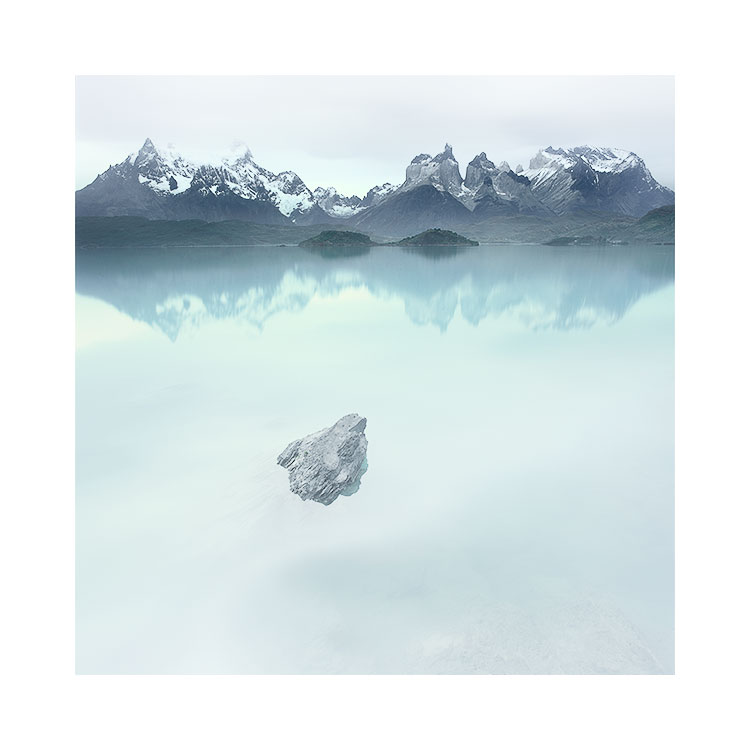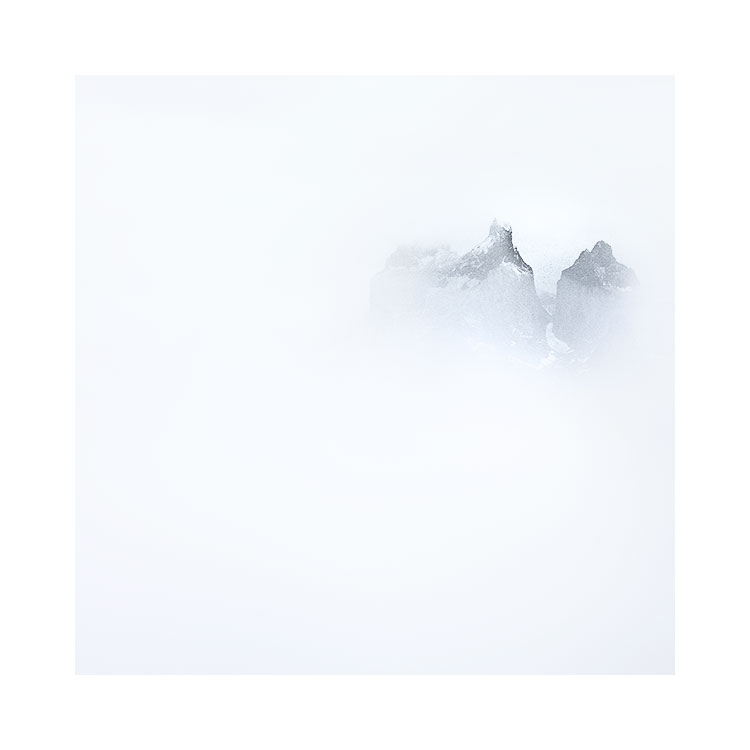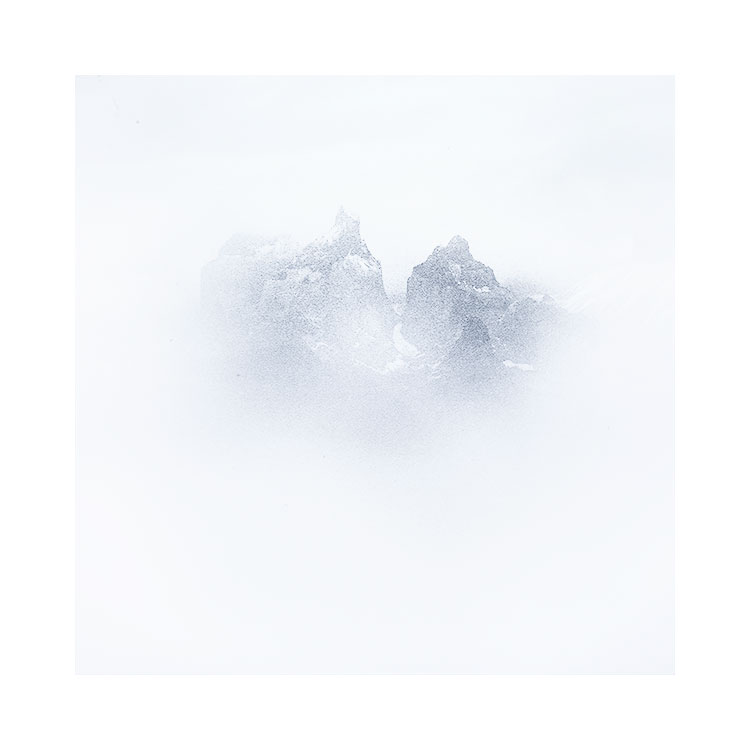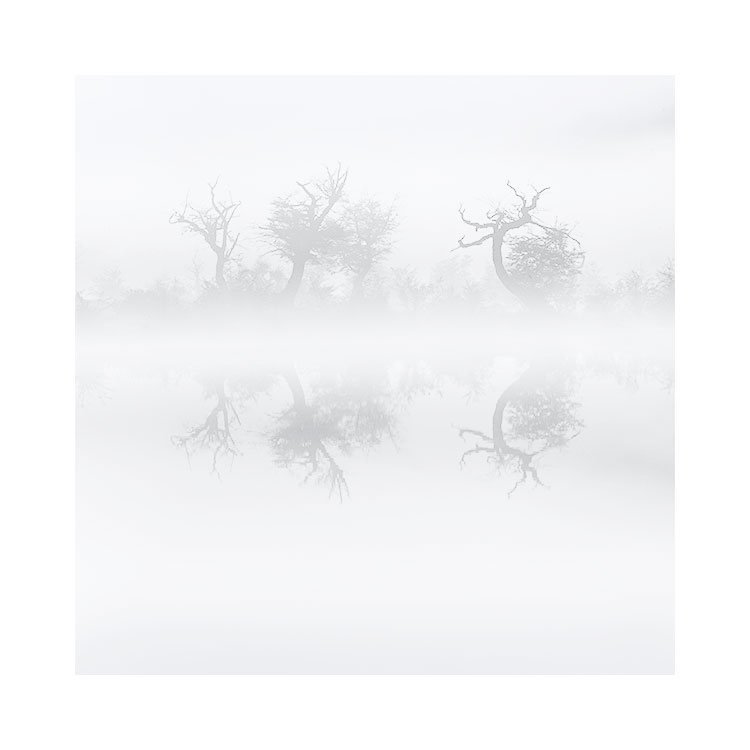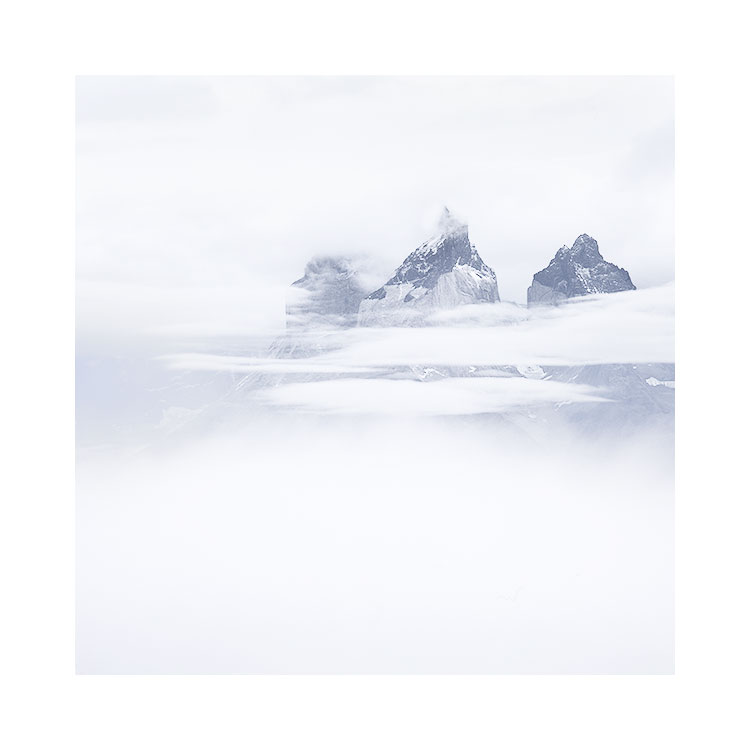In this two minute clip, we see Paul McCartney give birth to the song ‘Get Back’. I think it’s a great lesson in creativity. Because for me, most folks are always looking for the ‘how to’ with Photography, whereas it’s not about ‘how to’, but more about ‘trusting your gut and going with the flow’.
In this video, we see the song ‘Get Back’ surface. I choose the word ‘surface’ carefully, because it’s clear from the very beginning that McCartney is just feeling his way through this. He puts no pressure on the song by trying to work out words at this stage. He finds the melody and the chord changes and knows the words will come later. It’s that level of confidence, or inner-knowing that ‘not knowing the entire puzzle, but it’s ok’ that is vitally important in creativity. All too often, I feel most amateurs who wish to improve their work, seek immediate answers, or wrongly assume that the professional knows what they are doing all the time. They don’t.
A professional creative person gives themselves licence to change things, and to consider nothing finished, and everything up for change. They also know they have to experiment, and try things out. Amateurs make the mistake of thinking that if they get something wrong, that this is bad. Everyone get’s things wrong, and even the Beatles had to ‘feel their way’ through their songs, often revisiting them until they got them right.
A great example of this is George Harrison writing ‘Something’. He was lost for a lyric that worked with ‘something in the way she moves….. ‘ and Lennon replied ‘ like cauliflower’. He hunted the right words for months until he found ‘like no other’. In hindsight it might seem obvious to you and I. But it wasn’t. He had to work at it. He had to feel his way through it.
So to me, creatives who are good at what they do, use their intuition. They trust how they ‘feel’ and trust when something doesn’t quite ‘gel’.
I loved watching how McCartney found his way through this song. He doesn’t know where it’s going, so he listens to it, and it tells him where it needs to go. I reckon all art is like that - it often tells us where it wants to go. We just have to listen to it.
When this works, you often hear song writers say ‘the song seemed to write itself’.
This goes for all forms of creativity. So listen to your gut, and trust your feelings on your work.










